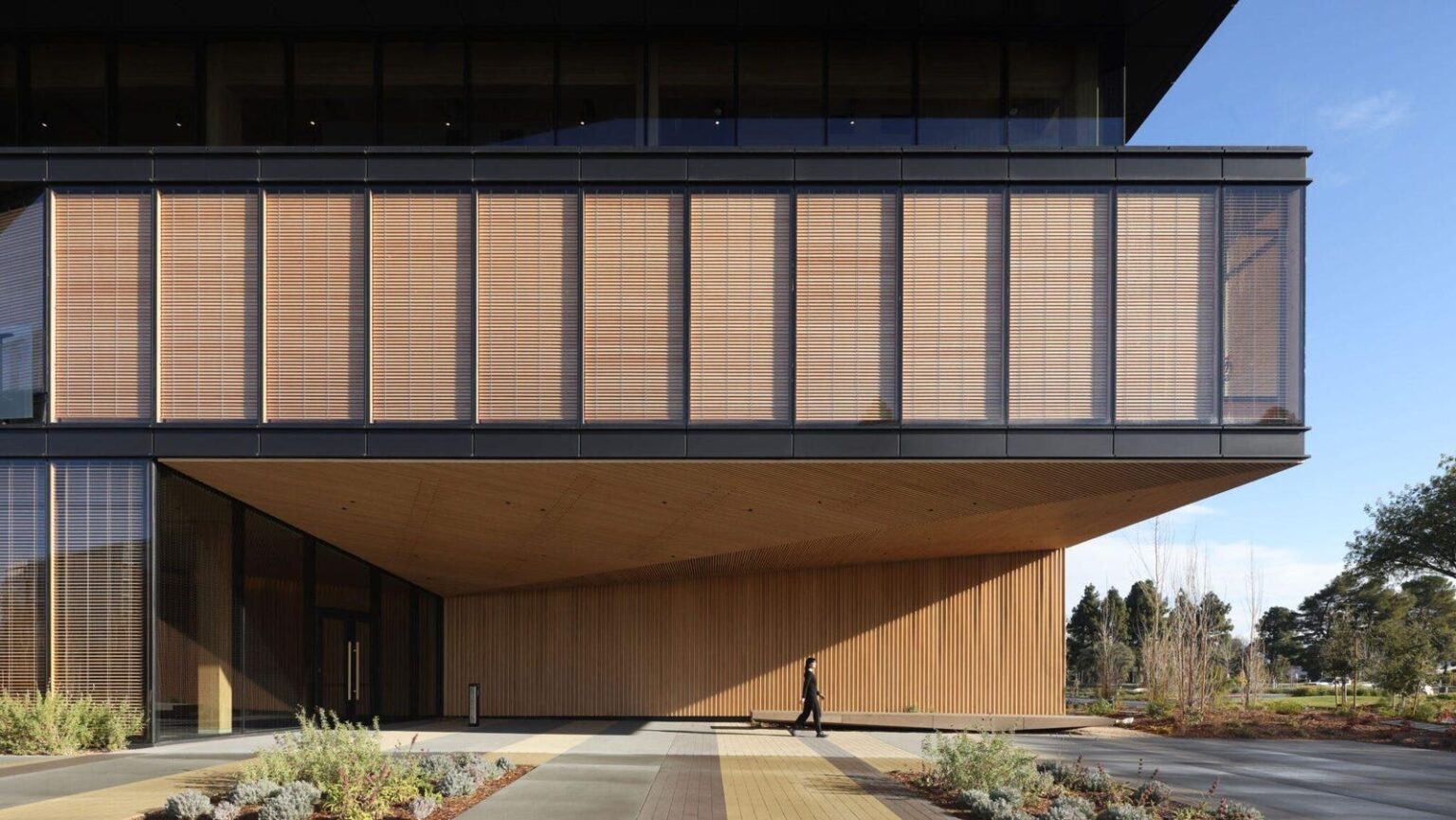Contrary to its name, the Stone Age wasn’t just about stone. The epoch also known as the Neolithic Period also ushered in some of the first structures ever created from wood.
The scientific study of those ancient buildings reveals wood as a building material has been around more than 100 centuries. Still, it’s only been in very recent years that technological advances have enabled wood to represent a key structural element in an array of modern structures, from single-story libraries to high-rise multifamily buildings soaring dozens of stories into the sky.
Mass timber – a type of engineered wood product created by bonding multiple layers of wood together — is drawing increased interest from developers, the construction industry and environmentalists. A lower carbon footprint than traditional concrete and steel, fire safety and strength and durability are all adding to that excitement.
A study by the Environmental and Engineering Study Institute found building with mass timber rather than concrete and steel could slash emissions associated with building materials by 13% to 26.5%. Mercer International has calculated that with a steady projected growth rate of 6% from 2022-31, the global mass timber construction market valued at $857 million in 2021 should reach $1.5 billion by 2031.
“In today’s era of construction, it’s not just about choosing one material over another but rather about embracing the innovative opportunities we have across the board,” said Nick Milestone, vice-president of projects and construction for Mercer Mass Timber, a company pioneering advancement of wood technology to help redefine the North American construction landscape. “By blending materials for hybrid solutions, like mass timber and steel, we can leverage the best of both worlds. Automation and offsite fabrication push the boundaries of what we once knew as possible. The speed and precision we achieve using these methods reshape how we think about large-scale projects, making them more efficient, sustainable and future-ready.”
Wood’s future
Examples of buildings featuring Mercer Mass Timber include Google Borregas, a five-story, 182,500-square-foot Sunnydale, Calif. office building that represents Google’s first ground-up mass timber development; Theodore Roosevelt Presidential Library, a Medora, N.D. single-story structure incorporating a 93,000-square-foot museum, and spanning 93 acres of preserved Badlands; Microsoft Silicon Valley Campus in Mountain View, Calif., an 18-story structure that incorporated 2,400 tons of cross-laminated timber (CLT) panels, which were efficiently positioned in a six-month time frame; and the University of Washington’s Foster School of Business Founders Hall, an 85,000-square-foot, five-story facility that is the first UW campus building to incorporate mass timber.
Mass timber is also making news in other parts of the continent.
For instance, in Toronto, Washington Brown College’s Waterfront Campus has unveiled Limberlost Place, a landmark tall wood, low-carbon building. Designed by Moriyama Teshima Architects and Acton Ostry Architects, the 10-story structure incorporates mass timber members in its floor slabs and vertical supports.
Limberlost Place includes some of North America’s largest mass timber columns, standing three stories tall. The mass timber features black spruce obtained from forests in nearby Quebec, reducing the environmental impact of transporting the wood long distances. The building is achieving sustainability aims a full decade in front of Toronto’s step plan toward carbon reductions of 2030.
Warm, inviting
At Franklin, Tenn.’s Southall Farm & Inn, nestled within a 1,300-tree orchard featuring maple, citrus and 43 different types of apple trees, McHugh Construction framed the resort’s four interconnected structures using cross-laminated timber and heavy timber. “At Southall, all the mass timber parts went together like a Swiss watch,” says Eamonn Connolly, the company’s director of engineering.
“There weren’t any modifications made on the jobsite; everything matched up perfectly with all our preconstruction planning and coordination. The mass timber components are manufactured with great precision, shipped to site and then rapidly assembled with small crews, generating savings in labor costs and time.”
Those who’ve experienced the interiors of exposed mass timber buildings report they exude a warmer and more inviting feeling than experienced in traditional buildings.
“There is a cost premium to mass timber compared to other traditional construction,” Connolly says. “But . . . the spaces they create are wonderful to be in.”
Read the full article here

